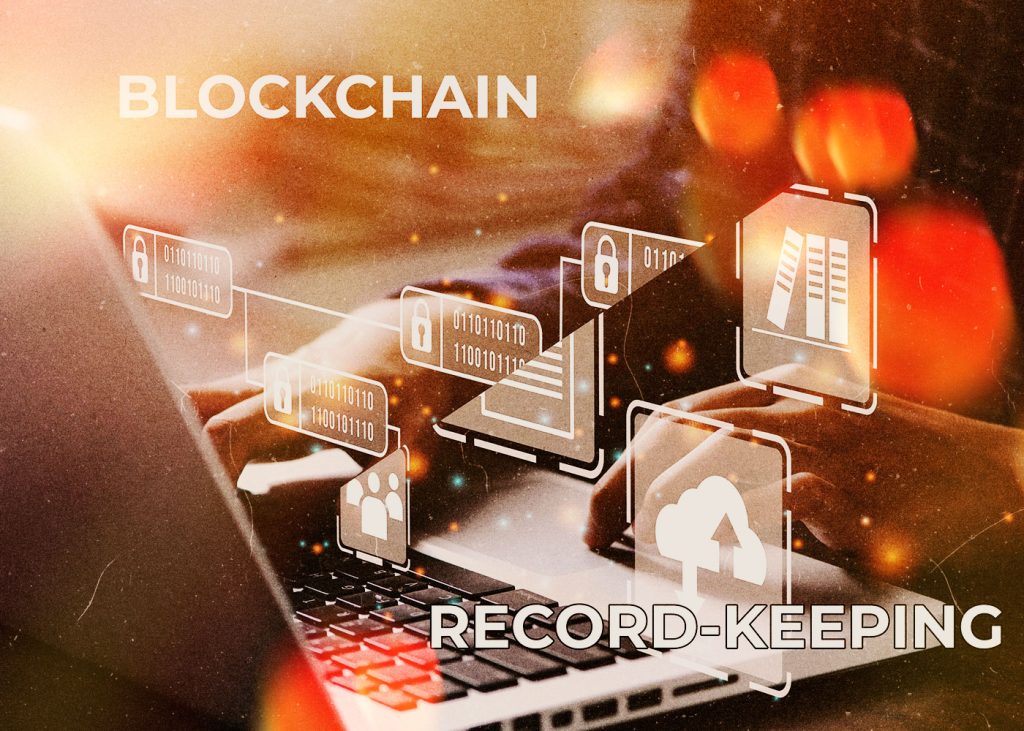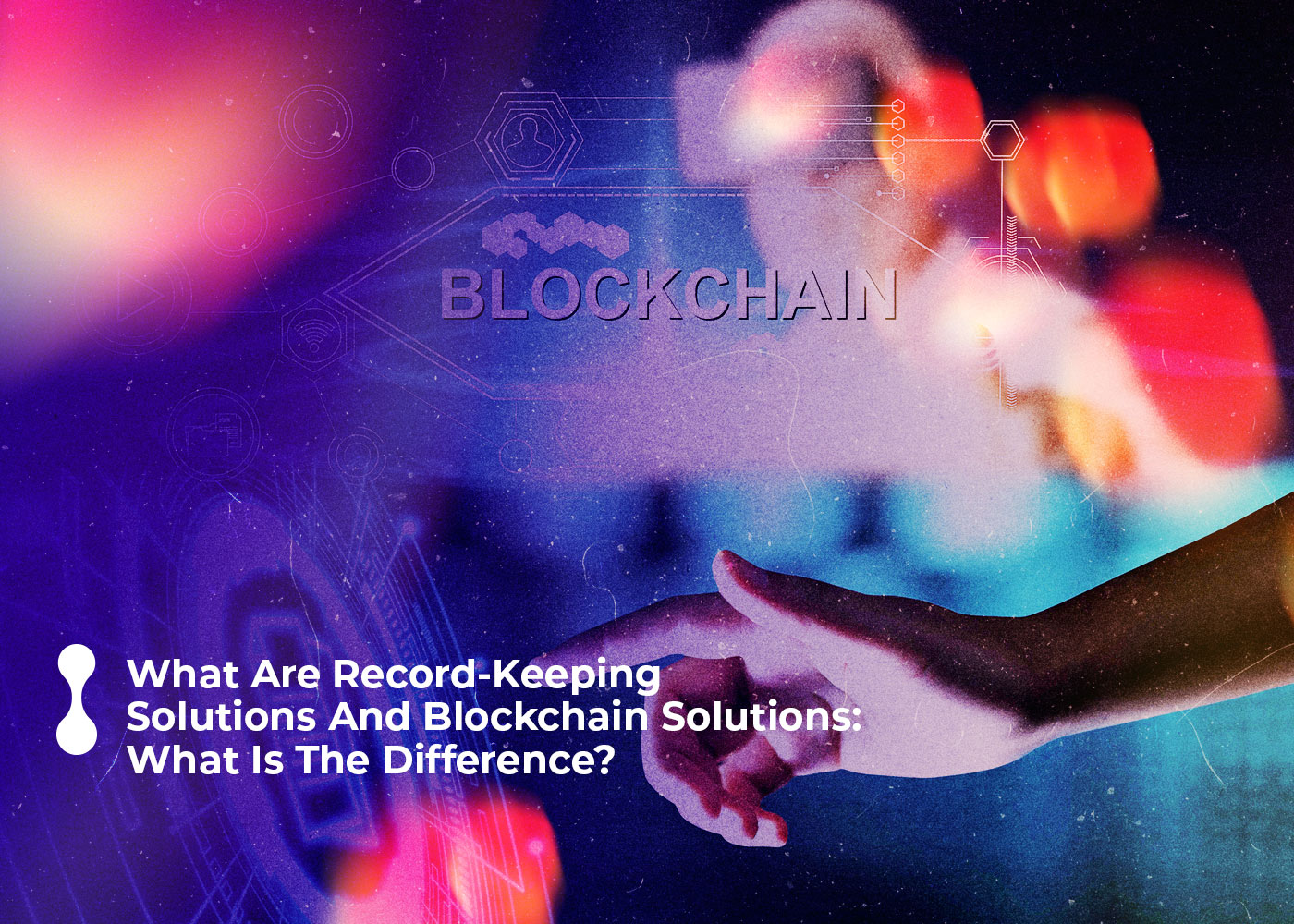The term “Blockchain” is well-known. It’s practically all over the place! But what distinguishes blockchain solutions from traditional record-keeping methods? Why are people turning to blockchain solutions? In this post, we’ll go through the differences between blockchain and traditional solutions in great depth, so keep reading!
To understand the distinctions between the two, we must first examine how each is developed and maintained. Finally, by knowing what you can and cannot do on each, we’ll have a better knowledge of what distinguishes blockchain solutions from traditional record-keeping systems.
Traditional Record-Keeping
A client-server architecture is used by all classic databases. What exactly does this mean? In this case, a user/client can make changes to the data, which is subsequently saved on a central database or centralized server. Nearly the total control of the database remains in the hands of a specified authority, which authenticates the client’s data before granting access to the database. But, while this authority is in charge of database management if the database is hacked, the data can be modified or erased.

Blockchain Solutions
Bearing the design of traditional databases in mind, the primary distinction between traditional databases and blockchain databases is that a blockchain database consists of several “decentralized nodes.” Each of these nodes is actively involved in administration. As a result, each node works to authenticate fresh blockchain entries and can add new data to the database. But, adding is not performed in the same way as it would be in a regular database. The main distinction is that each node must achieve an agreement prior to uploading any data to the database. Finally, this consensus technique provides such security that interfering with the data is nearly impossible. This is also an element that distinguishes blockchain solutions from traditional record-keeping systems.
